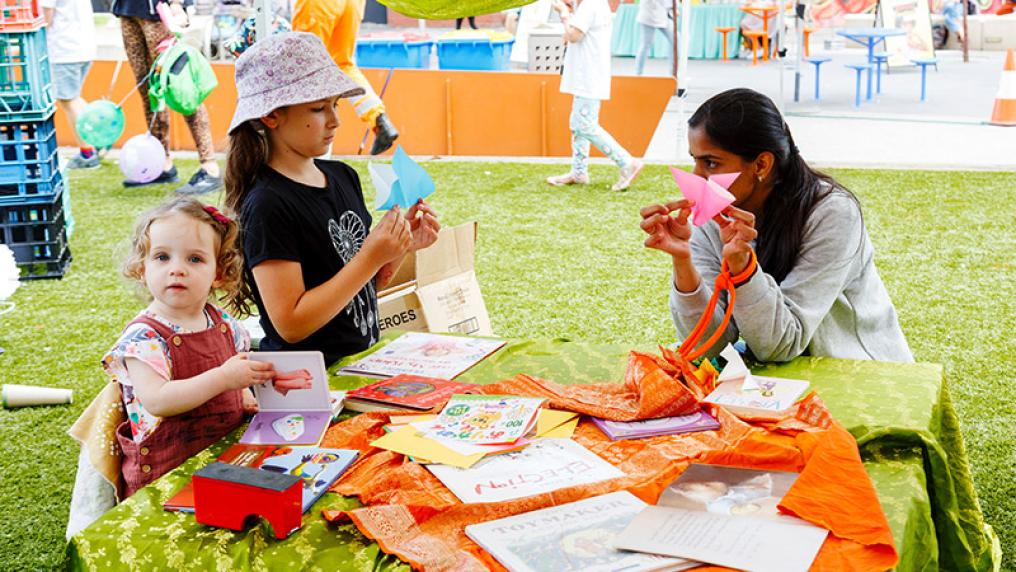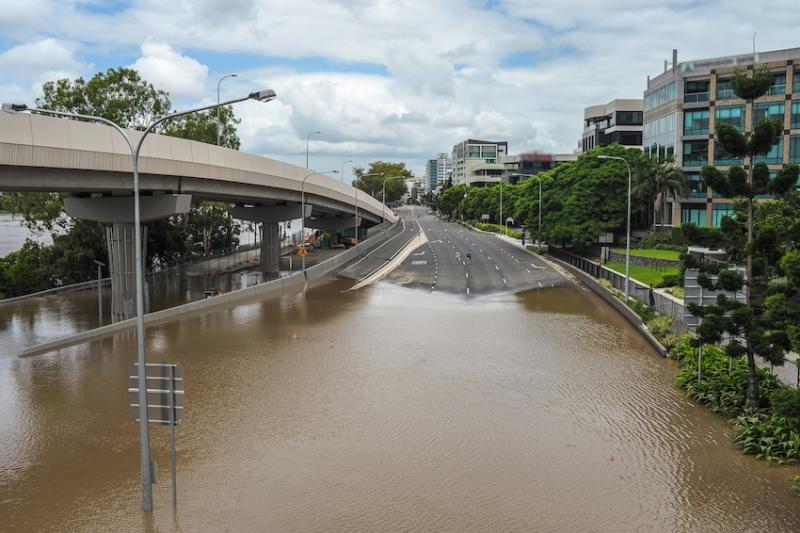Childcare will be the next COVID frontline

Once five to 11 year olds have access to COVID vaccines, children up to four years old will make up about 40% of Australia’s unvaccinated population. This will make Australia’s early learning sector the next frontline of the pandemic.
A new report from the Mitchell Institute shows childcare centres are at risk of becoming major transmission locations without a comprehensive strategy to reduce the risk.
While high vaccinations rates across the population will slow the spread of COVID, outbreaks are still likely to occur with the virus predominantly finding the unvaccinated. As younger children are not yet protected by vaccines, it is important to implement measures that reduce possible transmission in educational settings.
Many of the approaches used to mitigate the spread of COVID in schools – such as masks and social distancing – will be more difficult to implement in childcare. The childcare funding model also means measures that result in a reduction in physical attendance threaten the viability of providers.
Our report calls for a federal strategy and package of support for the sector to reduce the risk of transmission among the one million unvaccinated children attending childcare and pre-school.
Children & COVID
Rates of sickness, hospitalisation and death due to COVID are much lower in children compared to adults.
Evidence from the most recent outbreak in New South Wales suggests about 2% of children and young people under 18 years old who catch COVID end up in hospital. The most common symptoms among children who showed symptoms of COVID include fever, stuffy or runny nose, cough and fatigue.
But children can still be effective carriers of COVID.
As vaccination rates rise among adults, so does the proportion of COVID cases involving children.
This has been the experience in Europe. The proportion of weekly reported COVID cases involving children under 15 years old in Germany, Sweden and the Netherlands, along with the rates of vaccination.
Before any vaccinations were available in these countries, children under 15 made up about 15-25% of reported COVID cases. They now make up about 35-40% of all reported cases.
Children 0-4 years old make up about 6% of Australia’s total population. Once 5-11 year olds have access to vaccines, and vaccination rates are above 90%, children aged 0-4 make about 40% of the unvaccinated population.
Many of these children will interact on a daily basis at childcare centres.
There is also recent evidence that shows children under five are 40% more likely to transmit COVID than older children.
About 750,000 children aged 0 to 4 years attend a childcare services. About 330,000 children are enrolled in pre-school.
Mitigation measures harder in childcare
The consensus among health experts is that mitigation measures will help manage the spread of COVID in early childhood education and care, and school settings.
But our report highlights these measures can be more difficult to implement in childcare and preschools compared to schools.
For instance, “cohorting” reduces contact between groups of children. In schools, this means keeping class groups together and separate from other classes as much as possible.
However, in childcare, there is not always a consistent or regular group of children attending and the mix of children can change every day. This makes such a measure difficult.
Improving ventilation has also been proposed to reduce spread in childcare, preshools and schools. Open or well-ventilated spaces reduce the risk of COVID transmission because infectious particles are more quickly diffused in the open air than in spaces with less ventilation.
Some states have offered funds to schools and preschools to introduce better ventilation. But childcare centres don’t yet have the same level of support.
Childcare operators are largely run by not-for-profit or private organisations and may not have the means to invest in costly measures such as improved ventilation.
The funding model of early childhood education and care providers is also very different from schools. While schools can still receive funds if students are learning remotely, childcare funding is closely tied to physical attendance.
Any COVID mitigation measures that reduce the number of children at a centre can quickly threaten the financial viability of providers.
The Australian government has had to rescue the sector from collapse — twice — during the pandemic when many children stopped attending.
Australia needs a plan
Some states and territories are providing schools with strategic direction and funding. But the childcare sector is largely the responsibility of the federal government, which does not have an urgently needed strategy or support package.
In the short term, Australia needs a plan specific to the operating reality of the early childhood education and care sector. The sector requires buttressing to not only prevent its collapse, but so it can play a significant part in minimising the potential harm COVID causes children and the wider population.
And in the medium to long term, the pandemic highlights Australia may need to rethink how it funds and delivers early childhood education and care services.
There is an enormous body of literature describing the benefits of high-quality childcare. Australia needs a system that ensures children and families can continue to benefit from a more resilient early childhood education and care service, even in times of crisis.![]()
This article is republished from The Conversation under a Creative Commons license. Read the original article.



